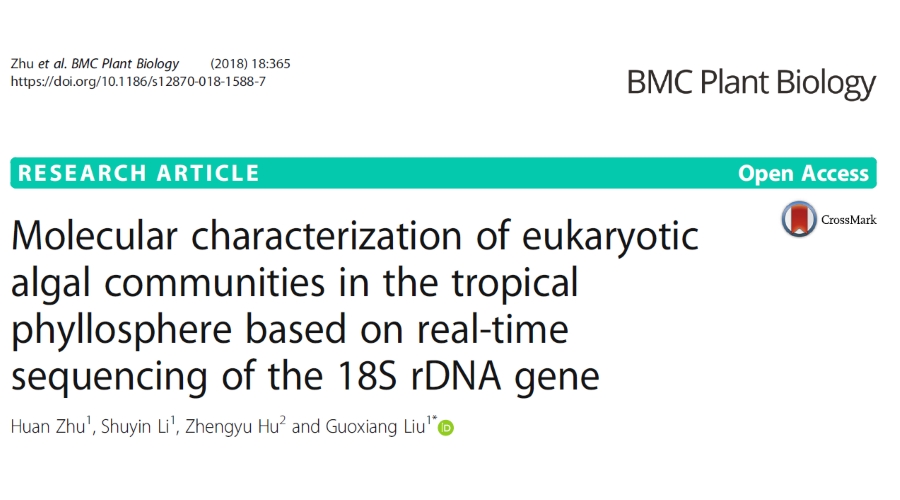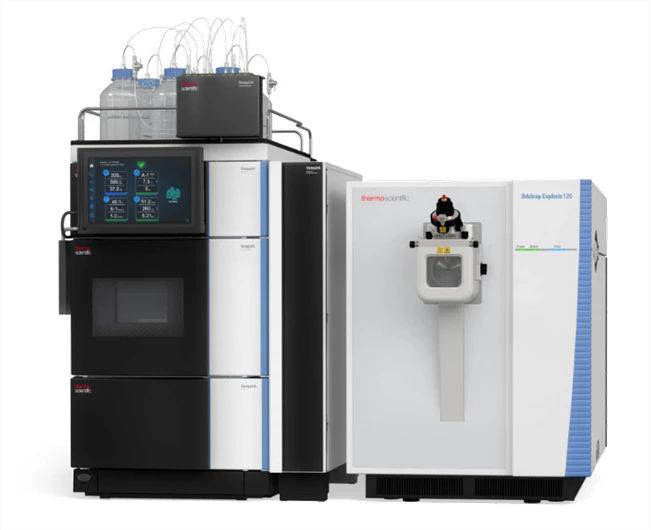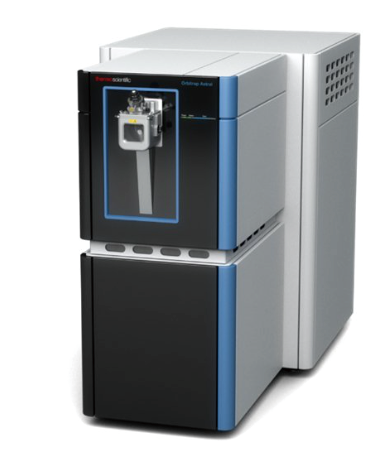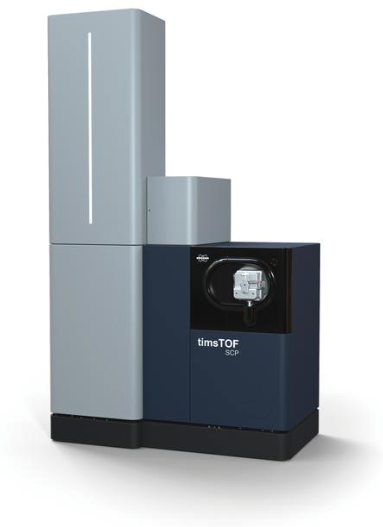
Abstract
Backgroud: Foliicolous algae are a common occurrence in tropical forests. They are referable to a few simple morphotypes (unicellular, sarcinoid-like or filamentous), which makes their morphology of limited usefulness for taxonomic studies and species diversity assessments. The relationship between algal community and their hostphyllosphere was not clear. In order to obtain a more accurate assessment, we used single molecule real-time sequencing of the 18S rDNA gene to characterize the eukaryotic algal community in an area of South-western China.
Result
We annotated 2922 OTUs belonging to five classes, Ulvophyceae, Trebouxiophyceae, Chlorophyceae,Dinophyceae and Eustigmatophyceae. Novel clades formed by large numbers sequences of green algae were detected in the order Trentepohliales (Ulvophyceae) and the Watanabea clade (Trebouxiophyceae), suggesting that these foliicolous communities may be substantially more diverse than so far appreciated and require further research. Species in Trentepohliales, Watanabea clade and Apatococcus clade were detected as the core members in the phyllosphere community studied. Communities from different host trees and sampling sites were not
significantly different in terms of OTUs composition. However, the communities of Musa and Ravenala differed from other host plants significantly at the genus level, since they were dominated by Trebouxiophycean epiphytes. Conclusion: The cryptic diversity of eukaryotic algae especially Chlorophytes in tropical phyllosphere is very high.The community structure at species-level has no significant relationship either with host phyllosphere or locations.The core algal community in tropical phyllopshere is consisted of members from Trentepohliales, Watanabea clade and Apatococcus clade. Our study provided a large amount of novel 18S rDNAsequences that will be useful to unravel the cryptic diversity of phyllosphere eukaryotic algae and for comparisons with similar future studies on this
type of communities.
Keywords
Aerial algae, Community structure, Diversity, Phyllosphere, Phylogeny, SMRT sequencing, Tropical forest





















